Media | Articles
Ford’s well-contoured ’96 Taurus had two fatal flaws
The third generation (1996–99) Ford Taurus was almost as much of a moonshot as the original 1986 model, which revolutionized the American family sedan. Ford’s decision to develop a third-gen Taurus had merit, as the best-selling car in America was getting stale—to the point that many wondered if fleet sales were the only reason the model could earn that “best seller” title. No matter, the appeal of the OG “jellybean” Taurus was gone by the early 1990s. The bull needed a clean-sheet redesign, perhaps one that took the Jelly Belly look to the next level.
How could the people behind “the car that saved Ford” not hit another home run, if the corporate mothership let them run wild for a second time?
And there it is. Oof. The new Taurus was unquestionably better that the second-gen one in every metric, except for the two that mattered: cost and public perception. The new bull scared more people off than it should have, and traditional fleet buyers scoffed at the inflated asking price; the fancy interior bits were just asking for damage by careless employees/renters. Perhaps all the trouble started with Ford picking the wrong source of inspiration.
The 1991 Ford Contour Concept was quite possibly one of the best examples of designers reaching too far: the volume of ovoids and avant-garde twists on automotive design traditions were simply too much for the Taurus’ more traditional demographic. Which is a shame, because the Contour Concept’s sculptural elements translated logically into the 1996 Ford Taurus.
Well, in theory. Terrifyingly radical styling aside, the 1996 Taurus offered something its predecessors lacked: serious attention to craftsmanship and refinement. The interior was far more luxurious, including triple-stitched leather seats (not mere leather seating surfaces), soft-touch plastic everywhere (including places nobody cared), and delightful details like the flip-out console inspired by Mazda’s ɛ̃fini MS-8 sedan. NVH engineering was heavily improved with a significantly stiffer chassis, and the sweet-revving, 3.0-liter, four-cam Duratec V-6 had 200 Camry-and-Accord-stomping horsepower.
Marketplace
Buy and sell classics with confidence
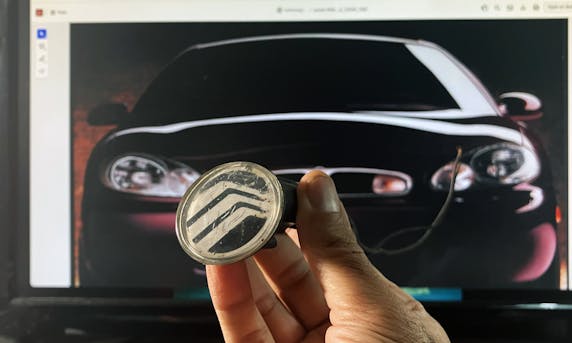
Ford was so proud of its effort to regain the place atop the family-sedan hierarchy that it even invited a journalist into the process. And I bet you didn’t know Ford splashed the cash for a backlight grille emblem on the sistership Mercury Sable. But that emblem and hundreds of other cash-burning features were jettisoned in favor of currying fleet-manager favor and beefing up the bottom-line of stockholders’ equity. Ford’s rush to jettison costs came to head in the mid-year introduction of the Taurus G. (The GL trim levels clearly had too many letters to be profitable.)
Then there’s the matter of the third-generation Taurus SHO, complete with a V-8, an automatic transmission, and a fair bit of extra weight. Can you hear the comments section firing up for this one?
Motorweek got its hands on a third-gen SHO finished in the period-appropriate Rose Mist Clearcoat Metallic and the publication heaped genuine praise on it. The front end clearly smooths out the regular Taurus’ catfish face, the V-8 powertrain was disturbingly refined, the ZF variable-orifice power steering was marvelous, and the seating upgrades had purpose. But the high-performance model was a pleasure spiked with pain, as all the benefits that made the 1996 Taurus such a great family car muted the SHO’s once-famous dynamics and rowdy demeanor.
Most folks will hammer on the fact that the V-8 SHO was only available with an automatic. A fair point, but most V-6 SHOs were sold with a slushbox, ensuring it would be fun for the whole family. And the odds of Ford’s carryover MTX manual handling the V-8’s added torque were unlikely. In any case, the odds weren’t high enough to satisfy an OEM’s need for durability.
Speaking of durability, the Achilles’ heel of the third-gen Taurus SHO was that Yamaha-tweaked V-8 mill. Sure, it sounds nice, and, if you modify the exhaust, it might be the best-sounding production V-8 ever. But failing cam sprockets with an interference engine design did in so many of these SHOs. And that’s a shame, because there are so many reasons to love these overtly oval family sedans.
So let me make a hot take, and suggest the 1996 Taurus was a great car with forgivable flaws (V-8 cam sprockets aside). The styling was logical but too radical, a leap which inadvertently busted the door wide open for cost cutting. The cheaper it looked, the quicker the circle closed: By the introduction of the fourth generation in 2000, that unique oval rear window had disappeared, leather seats had become plasticky, and hard interior polymers had come back in full force. Taken all together, the changes made a compelling reason to spend extra for the Taurus’ Japanese competition. Ford’s cost-cut Taurus is one reason why the Accord and Camry are still for sale to this day.
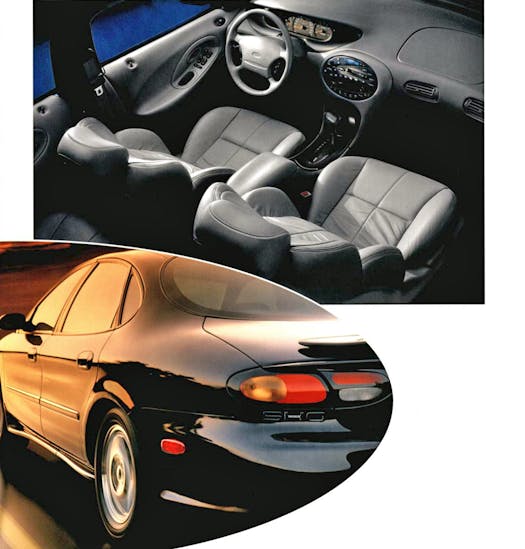
In some ways the third generation Taurus’ demise ushered in a new era of globally designed platforms with far more mundane proportioning and forgettable styling but exponentially more profit for their manufacturer. Why make a sedan for North America alone when you could leverage stuff made elsewhere?
By the end of the ’90s, North American automotive exceptionalism was limited to trucks and SUVs, making Ford’s bursting of this particular bubble a shame. But perhaps we knew that the Taurus’ well-contoured ovals were never gonna last when exposed to forces outside of Ford’s control.
***
Check out the Hagerty Media homepage so you don’t miss a single story, or better yet, bookmark it. To get our best stories delivered right to your inbox, subscribe to our newsletters.
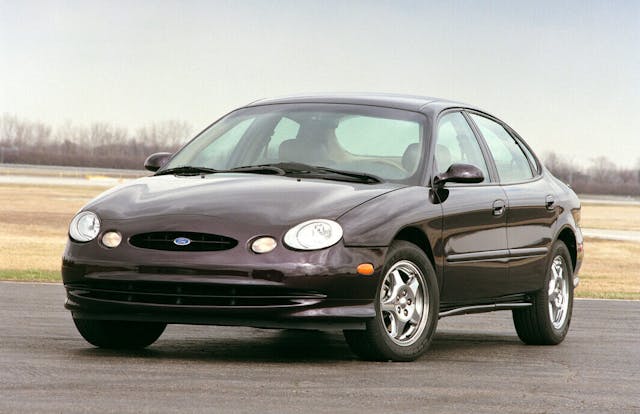
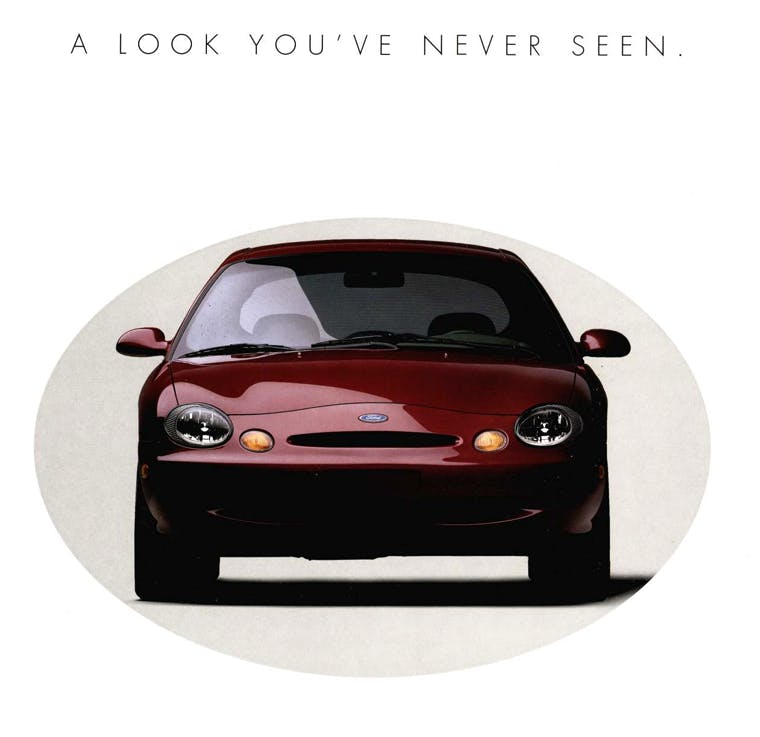
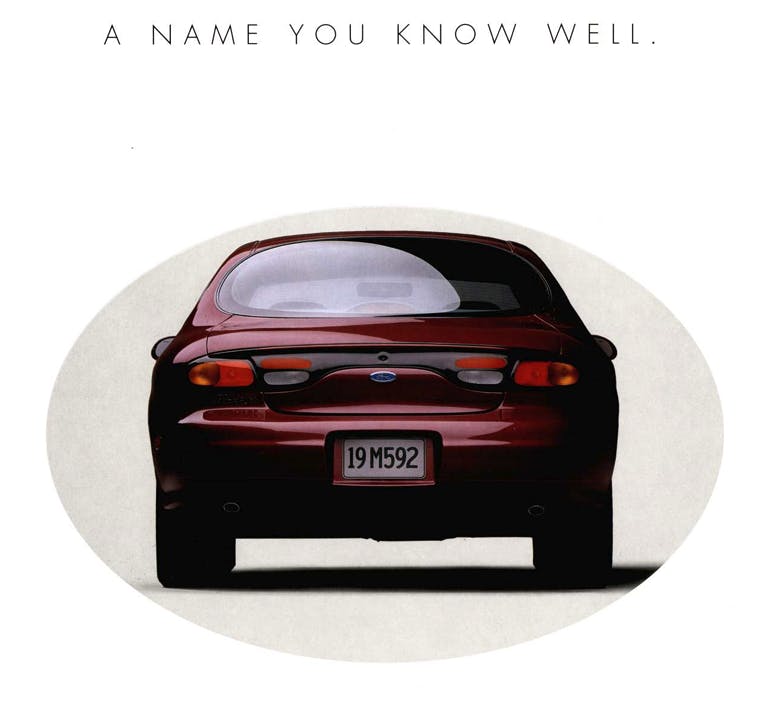
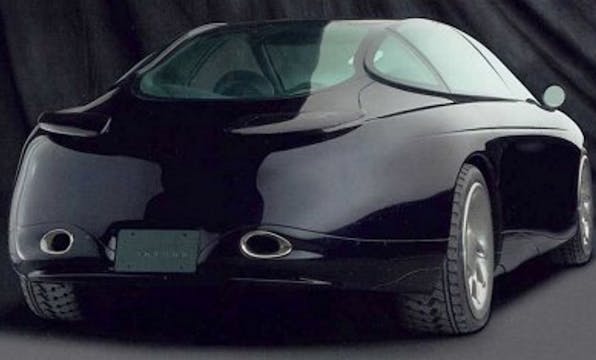
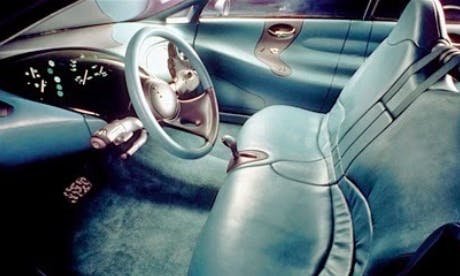
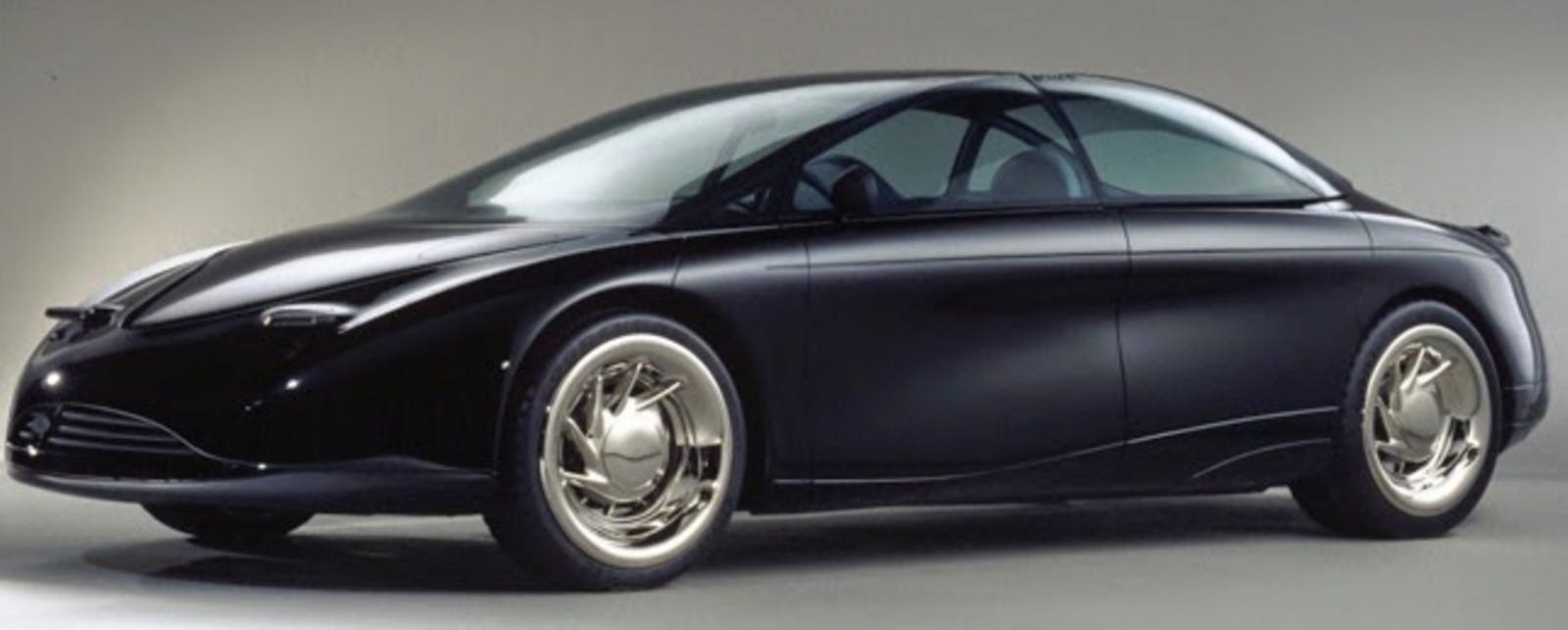


















The fix for the Yamaha V8 Cam sprocket gear slippage was just a few welds. Not that difficult to do and insures ongoing reliability. I think the SHO models with manual transmission (if you can find them) are awesome.
I took a ride on a new 91 I think manual Sho and wow was it fast, I could not hardly believe how fast that car got to in a short distance. He kept it for years and always loved driving it.
The egg shaped Taurus was just such a miss to me after the previous generation. The V8 was a missed opportunity and didn’t seem like an upgrade from the beautiful V6 SHO of the past. It shows Ford has not understood what to do with it’s success.
The SHO engine in these was not the Yamaha, they dumped that for the Duratech V-8.
GM went through the same styling rabbit hole with their early 1990’s full size cars.
Seems like ford could have read those tea leaves.
The Duratec V8 had Yamaha engineering just like the V6. V8 parts were shipped to Japan for some amount of final assembly before going to the Ford factory. But don’t take my word for it.
The 3.4 -32 valve UPPER was ALL YAMAHA, more of their motorcycle tech. The lower was the Duratec, all designed and tested at Cosworth in Canada. Many don’t realize that little NORMALLY ASPIRATED V8 made more power then any other that size in those days PERIOD! GM had to through a super charger on top of their bigger 3.8 v6 to match it in the GTP / Grand Prix the ONLY real competition, and it still didn’t have the long legs of the Gen 3 ! (nor the handling)
Taurus original design came about with Ford’s tie to Mazda. Look back at the 626. Nice.
Yup. Had two 626s (’82 and ’86, maybe? – don’t recall for certain) and loved them both. Taurus definitely resembled them. Never cared for the jelly bean shape of the next gen, and in fact, Taurus never did anything for me in any of its iterations! But the Mazdas were good cars (motorized shoulder belts sorta excepted).
Interesting Mazda connection. My 2018 Ford Escape has the Mazda 2.5 in it (O:
Ford spent a lot of money to make it so that Taurus’ body could be stamped in one large piece… which made it cost-prohibitive to make body repairs. A big manufacturing improvement that didn’t help matters. That styling was a tough sell to the vinyl-roof and hood-ornament buyers, too.
Interesting comment that you made and I didn’t write to argue in any way. It reminds me of an accident that we had with our 2005 Taurus. We hit a deer at 40 mph. The insurance claim came to less than $300 in damage. All the car needed was a new hood with paint. A relative of mine hit a deer at the same speed and almost totaled his Subaru. The Taurus was a pretty tough car.
..and thats why it handled so well, better the earlier generations. Made in TWO sections instead of FOUR.
“the V-8 powertrain was disturbingly refined”
WTF does that mean!?
It was way too smooth and revved too high for anything you’d expect to find in a Hertz rental lot. Disturbing, but in a good way. Then again, the Duratec V6 was kind of the same thing, but with two less cylinders…and it WAS in the Hertz rental lot.
The reason the Camry and Accord are still around is because the American Car wasn’t allowed to exist. One day Gen X woke up and decided everyone on the road needed a sport sedan. That things like the Crown Victoria shouldn’t be allowed to exist.
I have a Honda Accord and it rides like a skateboard. No that is not a good thing. It’s extremely loud on the highway. You feel every single bump and crack in the pavement. All the power is way up high in the rev range, so to get any power you have to rev the pants off it to get moving.
Is it a “Bad” car? No. But as far as comfortable goes, the thing was built for adult children who need the approval of their neighbors above all else.
The Accord and it’s ilk now come with quad exhaust pipes, boy racer styling like never before. I long for the days of a soft smooth cruiser that was killed off by bitter journalists who had a bad relationship with their boomer dad.
Wow. A lot of built up resentment and bitterness in that comment. Can’t help but wonder why you didn’t purchase a Chevy Impala or Malibu or Dodge Charger in recent years. None of those may float and wallow the way an old style body-on-frame sedan would, but any of them would have reasonably fulfilled the desire for a smooth cruiser.
The Accords with quad exhaust pipes must be from a parallel universe where your skateboard came from. Don’t hate boomers.
Amen to that.
The juvenile journalists at Car and Driver wanted everything to be a timed BMW, the slightly older kids at Road & Track wanted everything to be a Porsche.
The car haters at Consumer Reports wanted everything to be a taxi for them and the subway for “the common people”. Better yet, stay at home.
Right. One side of the press advocated for “sporty” cars, and the other side pushed for boring commuter appliances (if any cars at all!). And, that’s why traditional “soft smooth cruiser” cars like the Crown Vic were discontinued. Clearly, the car-buying populace was railroaded by the likes of Car and Driver and Road & Track (even though 98% don’t read those publications), and car manufacturers ignored there own sales, model profitability, and consumer data to cancel models with great sales just to cow-tow to those publications.
Well, it’s time to put the blame squarely where it lies—AARP! Why weren’t they out there lobbying the manufacturers for those cars, countering the evil automotive press, to keep producing vehicles whose volume had dropped to one-third the level needed for healthy financials.
I will apologize for my sarcasm. But the fact is that consumers made their preferences known through their purchase choices. If the enthusiast press had so much sway, then cars like the Chevrolet SS would still be in production and manual transmission vehicles would be abundant. Tastes, needs, and preferences change. And, that includes in the automotive business. I’m in my late fifties and I lament the loss of certain models/vehicle types as well. But I don’t blame it on a conspiracy by the evil press or some deep-seated child/parent animosity as indicated in the original post.
If one is part of the Hagerty community, then presumably there is a desire to preserve, maintain, and enjoy vintage vehicles. And, that includes ‘90s or ‘00s Crown Vics, Caprices, or other soft smooth cruisers. Parts are abundant and servicing costs relatively modest. Keep those rolling. Who knows? Perhaps those consumers who purchased Accords (or the dreaded crossover SUVs) just to spite their fathers will rediscover the virtues of those soft smooth cruiser cars, demand them, and the automobile manufacturers will produce updated versions. Or, perhaps the consumer tastes/preferences of the next generation of vehicle buyers will evolve further and the market will change once again.
Seems to me a 300 would fit the bill.
Interesting report on the Honda Dale.
I bought a new Mercury Sable LS version in 2004. Drove it from Boston to Seattle and back again. Really liked it.
We traded my wife’s 1985 Pontiac Fiero for a new Buick Grand National in 1987. Bought a used 1989 SHO in 1992. We really enjoyed the Grand National, however the SHO was much more fun to drive and was an excellent road car.
The front always looked like a catfish to me.
The new Kia EV6 looks like a relative
My wife & I have had 7 Taurus’ & Sables from 1989 through 2005 and have driven over 600,000 miles with them. Every one of them did us right. Quality got better with each generation. My wife had a ’96 Sable, which was less ugly than the Taurus and I think that her front grill emblem was light. From the ’96 Sable to the 2000 and 2005 Taurus, each one ran well over 200,000 miles. The 3 liter engines were tough. The AXOD transmissions were good if properly serviced.
I still find the body style of the second generation to be most attractive.
Rust! These cars had a terrible rust issue. The rockers were covered with plastic cladding, so the rust was not noticeable until the plastic started falling off.
It’s very unusual to see one in northern New England, unless it’s wearing tags from a southern state.
Hi Dave. My 1997 SHO is still like new because back 24 years ago, I realized that it was an odd duck and a TRUE limited production sports sedan model. So, I stored it for over 23 years. It is rust free and still looks like new INCLUDING the headlights, and OEM ‘Z’ rated Goodyear RS-A sneakers. It was a head turner at the car shows last summer (it’s first time on the road in 16 years!), getting it ready for the shows later this month (July)
My wife and I both worked for Fortune 500 corporations in the 1990’s and both had Tauruses for company cars for ten years. Hers a sedan and mine (usually) a wagon. Decent rides especially when free. The comment about fleet sales making the Taurus the “number one selling car in America” is spot on. One year, my employer made us order new cars after about six months. Seriously. (We were told Ford wanted to boost “sales”.) I turned mine in with 1200 miles on the odometer. Twelve HUNDRED, not twelve thousand (I was flying for business a lot that year and mostly drove to the airport and back.) Hadn’t even needed an oil change. I didn’t even WANT a new car (basically had one and didn’t want to go through the hassle), so I just ordered one in the exact same color. My wife didn’t even notice for a couple of months until I told her it was new. I bought my “old” one from the company at wholesale and gave it to my Mom. She was thrilled with her “new” car.
My wife’s company, on the other hand, made them keep their cars for 100k miles no matter what. Man those things got rough at 100k. Talk about eating tires, if you got 20k out of a new set of Michelins you were doing good.
Sorry. There was nothing ‘redeeming’ about this ‘car’. I owned one. Couldn’t make it thru a week without a breakdown. Sad piece of junk. My son crashed it and totaled it. Whoopie!